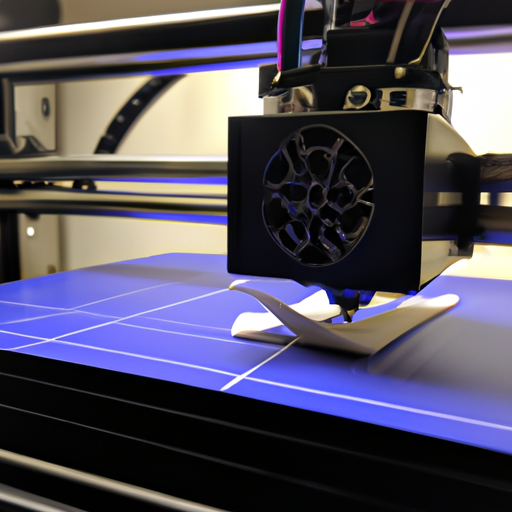In today’s digital age, security is more crucial than ever. With the rise of cyber threats and data breaches, organizations are increasingly turning to biometric authentication as a reliable method of verifying identity.
What is Biometric Authentication?
Biometric authentication utilizes unique physical characteristics for identity verification. These characteristics can include:
- Fingerprint scanning
- Facial recognition
- Retina recognition
- Voice recognition
The Advantages of Biometric Technology
Biometric authentication offers several benefits over traditional password or PIN-based methods:
- Enhanced Security: Biometric traits are significantly harder to replicate or steal than traditional passwords.
- User Convenience: Users can quickly access systems without remembering multiple passwords.
- Faster Authentication: Biometric methods often provide near-instant verification compared to manual entry of credentials.
Challenges and Concerns
While biometric authentication is promising, it isn’t without challenges:
- Privacy Issues: The collection and storage of biometric data raise concerns about user privacy.
- Potential for Errors: Environmental factors can affect recognition accuracy, leading to false rejections or acceptances.
- Security of Biometric Data: If compromised, biometric data cannot be changed like a password.
The Future of Authentication
As technology evolves, biometric authentication will likely become even more sophisticated. Combining biometrics with other authentication methods, such as two-factor authentication, can enhance security even further.
Organizations must ensure they implement robust security protocols and address privacy concerns to make biometric authentication a mainstream solution.
Conclusion
Biometric authentication represents a leap forward in securing our identities in an increasingly digital world. While challenges remain, the potential for enhanced security, convenience, and efficiency makes biometric technology an exciting avenue for the future of user authentication.




